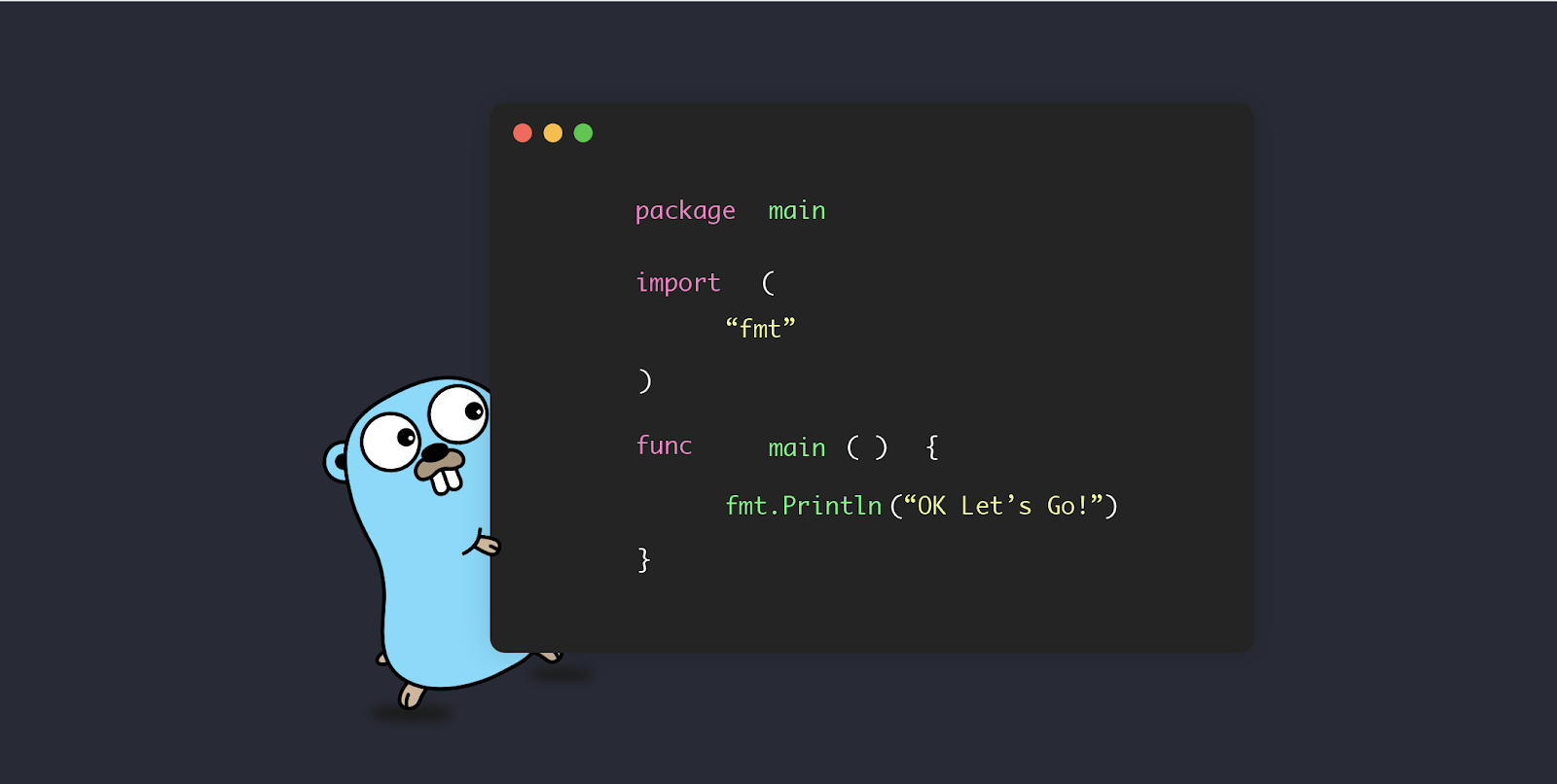Pointers are a powerful and fundamental concept in programming, and in Go (often referred to as Golang), they play a crucial role in managing memory and working with data. In this blog, we'll explore the world of pointers in Go, covering their definition, usage, advantages, potential pitfalls, and best practices. Whether you're new to Go or looking to deepen your understanding of pointers, this guide will help you master this essential concept.
What Are Pointers?
A pointer is a variable that stores the memory address of another variable. In simpler terms, it "points" to the location in memory where a value is stored. Pointers allow you to indirectly access and modify the data stored in memory, making them a powerful tool for memory management and data manipulation.
Declaring Pointers
In Go, you declare a pointer by adding an asterisk (*) before the data type of the variable it will point to. Here's a basic example:
var x int
var p *int // Declaring a pointer to an int
p = &x // Assigning the memory address of x to pIn this code, we declare an integer variable x and a pointer to an integer p. We then assign the memory address of x to the pointer p using the & operator.
Accessing Values through Pointers
To access the value stored at the memory location pointed to by a pointer, you use the * operator, also known as the dereference operator. Here's how it works:
x := 42
p := &x // p points to the memory location of x
// Accessing the value through the pointer
value := *p
fmt.Println(value) // Output: 42In this example, we access the value stored at the memory address pointed to by p using *p.
Pointer Advantages
Pointers offer several advantages in Go:
-
Memory Management: Pointers allow you to control memory directly, which can be valuable when working with large data structures or when you need fine-grained control over memory allocation and deallocation.
-
Efficiency: Using pointers can be more memory-efficient and faster in certain situations compared to passing data by value.
-
Shared State: Pointers enable multiple parts of your program to share and modify the same data, facilitating communication and collaboration between different components.
-
Function Arguments: Pointers can be used to pass data to functions by reference, allowing functions to modify the original data directly.
Potential Pitfalls
While pointers are powerful, they also come with potential pitfalls:
-
Null Pointers: Improperly managed pointers can lead to null pointer errors, which can crash your program. Always check that a pointer is valid (not nil) before using it.
-
Dangling Pointers: Pointers that point to memory that has been deallocated can result in undefined behavior. Avoid using pointers after the data they point to has been freed.
-
Ownership and Lifetime: Managing the ownership and lifetime of data pointed to by multiple pointers can be complex. Ensure that you have a clear ownership model in your code.
Best Practices
To make the most of pointers in Go, consider the following best practices:
-
Initialize Pointers: Always initialize pointers before using them to avoid nil pointer dereference errors.
-
Check for Nil Pointers: Before accessing the value through a pointer, check if the pointer is nil to prevent runtime panics.
-
Document Ownership: Clearly document the ownership and lifetime of data pointed to by pointers to avoid memory leaks and undefined behavior.
-
Use Pointers Sparingly: While pointers are powerful, don't use them unnecessarily. Favor passing data by value when it makes sense for simplicity and safety.
-
Avoid Pointer Arithmetic: Unlike some languages, Go does not support pointer arithmetic. Avoid trying to perform arithmetic operations on pointers directly.
-
Use Slices Instead of Pointers: When working with collections of data, consider using slices instead of pointers. Slices are more idiomatic in Go and offer built-in safety checks.
Conclusion
Pointers are a fundamental concept in Go that provide control over memory, efficient data manipulation, and shared state management. By understanding how to use pointers effectively and following best practices, you can write more efficient, reliable, and maintainable code in the Go programming language. Whether you're building web applications, command-line utilities, or complex data structures, mastering pointers is essential for becoming a proficient Go developer.
